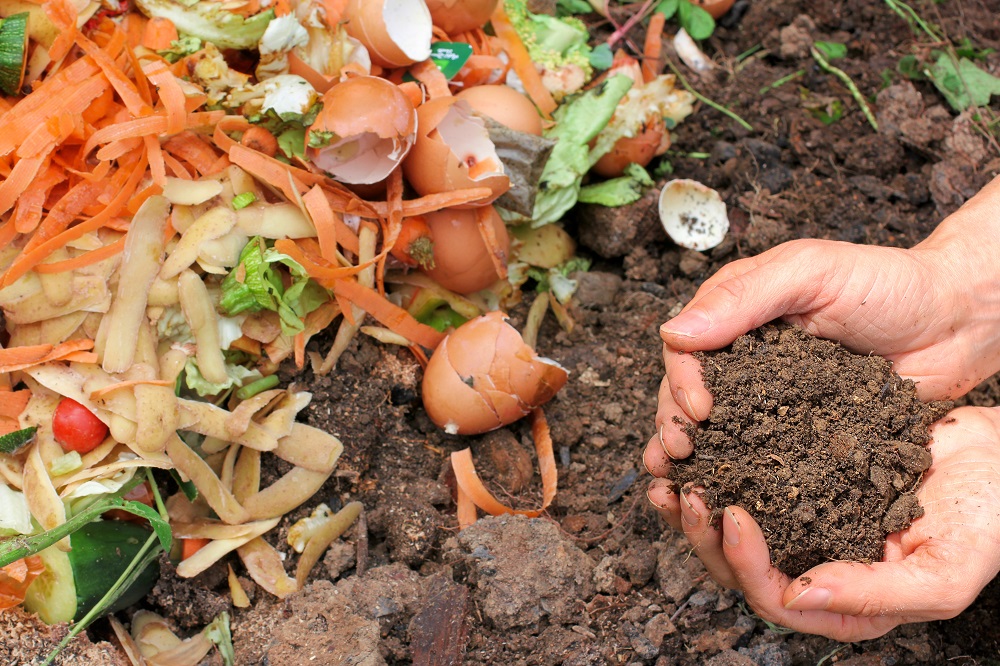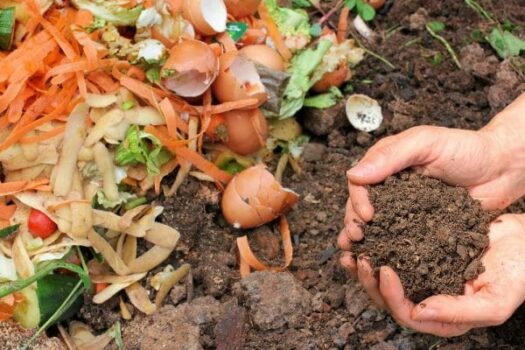The right climate for organics recovery? Part 3 – Taking up the organics recovery challenge
Part 3 – Taking up the organics recovery challenge
The right climate for organics recovery? A three part look into new market conditions that are making organics recovery more viable.
Across Australia, private sector investors are backing organics recovery, demonstrating the viability of recovering this critical resource.
Recovering a “waste” stream almost always means treatment funded by a gate fee, rather than the value of recovered resources. By this definition, are organics a “waste”?
The answer depends on the skill of the operator, regulatory environments and an ability to take organics to markets. Taking up this challenge, organics recyclers across Australia are adopting unique business models and technologies to find value in organics streams.
In the third and final part of this three part series, we look at innovative private sector players who have found ways to create value from organics streams.
The flower empire – Australian Native Landscapes
It’s hard to discuss organics processing in NSW without mentioning Australian Native Landscapes (ANL). ANL was founded by a man who has now become an industry icon – Patrick Sours – in 1971. Beginning as a small landscaping business, ANL has grown to become a business treating and recovering more than 500,000 tonnes per year.
Sours insists that ANL is not a “waste” company. Rather, the landscaping specialist takes source separated organics and turns them into high quality landscaping products. The company processes a range of inputs – including biosolids sourced from Sydney water.
Now, as local governments step into source separated food and garden organics processing, ANL has partnered with a number of progressive Councils to put in place composting facilities which serve these new collection systems.
One such group is Manly, Mosman and Warringah – who collectively own the Kimbriki Resource Recovery Centre. Currently, the facility is undergoing a major upgrade, including a new recycling facility to process kerbside materials otherwise destined for landfill. This will unlock additional resources hidden in kerbside landfill streams.
Along with the new plans for the Kimbriki AWT, the facility also hosts ANL’s composting facility – where ANL processes kerbside organics on behalf of these Councils. ANL’s technology uses a combination of injected air, careful windrow design and moisture monitoring to achieve the quality of tunnel composting, without the cost.
From flush to cash – Yarra Valley Water
In Victoria, small utility Yarra Valley Water is taking up a big international trend, co-digestion. In a nutshell, co-digestion means using an anaerobic digester at a sewerage treatment plant to treat organics rich liquid streams. Sources include product destruction (like rejected soft drink and alcohol products), streams from food manufacture and super markets.
The system has many advantages. Firstly, liquids can’t be sent to landfill, but sending them to a dedicated treatment plant for liquids comes at a high cost. Therefore, an anaerobic digester offers the middle ground.
Meanwhile, a “black water” only stream into a sewerage treatment plant’s anaerobic digester doesn’t have the right nutrient balance. To get the balance right, managers need to “dope” their digesters with a sugary substance – like a food production waste organics stream.
Project Manager Ian Donald said, “as far as we are aware, we are the first Water Authority in Australia to build a dedicated anaerobic digester for organic food wastes only.”
The digester will be 1MW in scale (roughly equal to the output of 2,000 household PV panels) and be strategically located near the major Wollert landfill. The facility is expected to open in mid-2017.
Growing riches (and blueberries) – Richgro
Did you know Perth is Australia’s most geographically isolated city? While this is a challenge for shipping out dry recyclate, it’s no barrier to organics recovery, which benefits from local re-application.
One of Perth’s leading organics recyclers is Richgro. As a family owned business since 1916, the company has a long and proud history. Four generations of the Richards have worked in the company, including current director Jeff Richards, who runs the company along with his sons Tim and Matt.
While Richgro is a relatively small organics processor, its technological ambitions are not. The company owns one of the few anaerobic digesters (AD) plants in Australia focused on solid organics (not wastewater). Processing roughly 35,000 tonnes of organics annually – the AD utilises source separated organics from supermarkets, fast food chains, breweries and soft drink manufacturers.
The plant has a massive 2MW energy generation capacity, driven by onsite gas engines running on biomethane. While the facility is connected to the grid, the energy output is principally used to power Richgro’s composting and manufacturing site, cutting energy costs by around $600,000 per year.
While proponents of AD plants often focus on electricity output as the primary benefit, anaerobic digesters actually have many useful physical outputs – including clean carbon dioxide, digested fertilizer and heat. The beauty of the Richgro project arises from its co-sighting with a composting and fertilizer manufacturing facility, which allows it to use all these resources.
Indeed even the carbon dioxide from the AD (along with excess heat) is pumped into a greenhouse and used to grow blueberries – which Richards describes as “giant”. Opened in 2016, the plant was built with support from technology partner Biogas Renewables and government funding from the former Clean Energy Finance Corporation.
While each of these private sector players make profit from organics recycling – the broader community also benefits – with each project contributing to greenhouse gas reduction, soil carbon and resource conversation.
By Alex Serpo
-
Subscribe to NSW's biggest platform for waste, recycling and resource recovery
- Subscribe

